Control mechanisms are broken down one by one.
The erosion of the arms control regime began before the start of Russia's special military operation in Ukraine and the deterioration of relations between Russia and the West. In 2001, then US President George Bush announced the withdrawal from the 1972 Anti-Ballistic Missile (ABM) Treaty. Although the parties have maintained positive momentum in bilateral relations in other areas since then, Moscow has reason to be concerned about elements of the new missile defense system in Eastern Europe. From Russia's point of view, NATO has eroded security in Europe, undermining the principles of equal and indivisible security (the crisis of the conventional arms control regime, NATO's air strikes on Yugoslavia, NATO's expansion to the East, etc.); therefore, the issues of strategic stability between the two countries have also come under increasing pressure. The 2010 Strategic Arms Reduction Treaty (START-3) between the United States and Russia was the last major success in nuclear arms control.
In the context of escalating tensions over the Ukraine issue in 2014, Russia has promoted the development of both qualitative and quantitative steps in new-generation missile weapons to maintain the balance of power. The nuclear missile arms control regime continues to weaken. In August 2019, the Trump administration officially withdrew from the Intermediate-Range Nuclear Forces (INF) Treaty signed with the Soviet Union in 1987. The reasons stem from the claims of both sides regarding new technological realities, the loss of other components of nuclear arms control (including the ABM Treaty), mutual suspicions about the development of new systems and the presence of similar systems in third countries, typically China. During President Donald Trump's first term, the extension of the New START Treaty was almost canceled. The administration of President Joe Biden has moved to extend it, but by 2023, Russia has decided to suspend its participation in the New START Treaty.
The conflict in Ukraine has exacerbated the already festering situation. Ukraine has received long-range strike missile systems from Western countries. Their use by the Ukrainian military, although not officially announced, is not possible without the support of Western military instructors and is based on technical data and intelligence from NATO countries. In response, Russia for the first time used the Oreshnik medium-range hypersonic ballistic missile to attack Ukrainian military targets. In 2024, Russia announced a new nuclear doctrine with important changes, adjusting the conditions for the use of nuclear weapons. Although so far all sides have kept a “cool head” to control the situation, the risk of further escalation still exists.
Are Russia-US talks not enough to build strategic trust?
The talks between Russia and the United States offer hope for a thaw in bilateral relations, as well as a “hot spot” where both sides play an important role. Although the peace process for Ukraine will be a long way off due to current disagreements within the European Union, Britain and Kiev itself do not share the Trump administration’s peace initiative, the international community has reason to expect that the agreements on Ukraine that can be reached will ease the current tensions and confrontations between Russia and the West.
However, many believe that progress in Ukraine is unlikely to create a precondition for restarting the nuclear arms control system. The US will continue to actively pursue the nuclear force modernization process initiated by previous administrations. President Donald Trump may again raise the issue of China's participation in the new security architecture. Meanwhile, Beijing is not ready to implement any restrictive regime and is constantly expanding its nuclear arsenal.
START-3 is unlikely to be restored. This will require concessions from each side and a lot of preparatory work. Although it is unlikely to see a strategic nuclear arms race between Russia and the United States in the form that took place at the end of the Cold War, the development of strategic nuclear forces that the parties are aiming for will follow the path of qualitative improvement, including the achievement of new technical achievements. The arms race here will not be in breadth, but in depth - by improving the characteristics of weapons, control systems and other components.
The issue of controlling medium- and short-range missile systems seems even more difficult. The risk of deploying a series of medium- and short-range missiles of the United States in Europe is still present. In general, President Donald Trump is determined to review the relationship with European allies in the field of security. The deployment of new systems requires a large cost that no European country is willing to pay. However, such a step could escalate tensions; European security would become more fragile due to the inevitable response from Moscow. In addition, the possibility of deploying similar US systems in Asia cannot be ruled out in the context of the possible increased competition between the United States and China. The prospect of the parties returning to the INF Treaty is very low, if anything, the international community can only hope that the parties can temporarily suspend the deployment of such systems in certain areas.
At the present stage, the dialogue between Moscow and Washington on the missile and nuclear fields has little prospect. North Korea has practically become a nuclear power. The time and opportunity for the parties to act together to denuclearize the Korean Peninsula have been lost. Russia-North Korea cooperation is entering a period of strong development. In June 2024, the leaders of the two countries signed the Comprehensive Strategic Partnership Agreement, which identified security and defense as one of the important pillars of cooperation. On the Iranian nuclear issue, the first Trump administration (in 2018) unilaterally withdrew from the Joint Comprehensive Plan of Action (JCPOA), stipulated in Resolution 2231 of the United Nations Security Council. In the context of the crisis in Russia-US relations, there has been a political rapprochement between Moscow and Tehran, which has been materialized in a new bilateral agreement. There is still no prospect for multilateral diplomacy on this issue.
For the foreseeable future, nuclear weapons will remain the most important element in the military strategies of major powers. A reboot of the nuclear missile control structure in the Russian-American format or more broadly seems highly unlikely. The key players have not yet clearly seen the need for it. In the absence of a new agreement, countries will continue to develop their nuclear arsenals in both size and quality. The international community will witness a fierce nuclear arms race to increase power among major powers.
Hung Anh (Contributor)
Source: https://baothanhhoa.vn/van-de-kiem-soat-vu-khi-hat-nhan-khi-cac-nuoc-can-boi-dap-them-long-tin-243465.htm


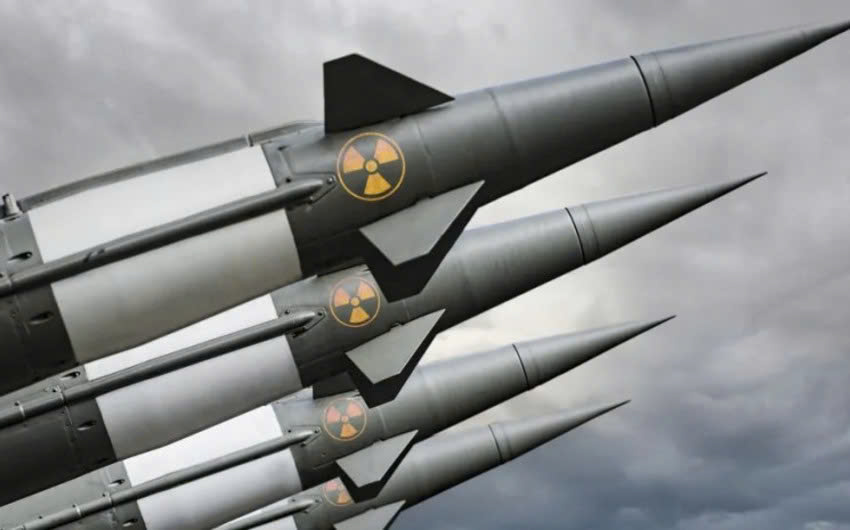
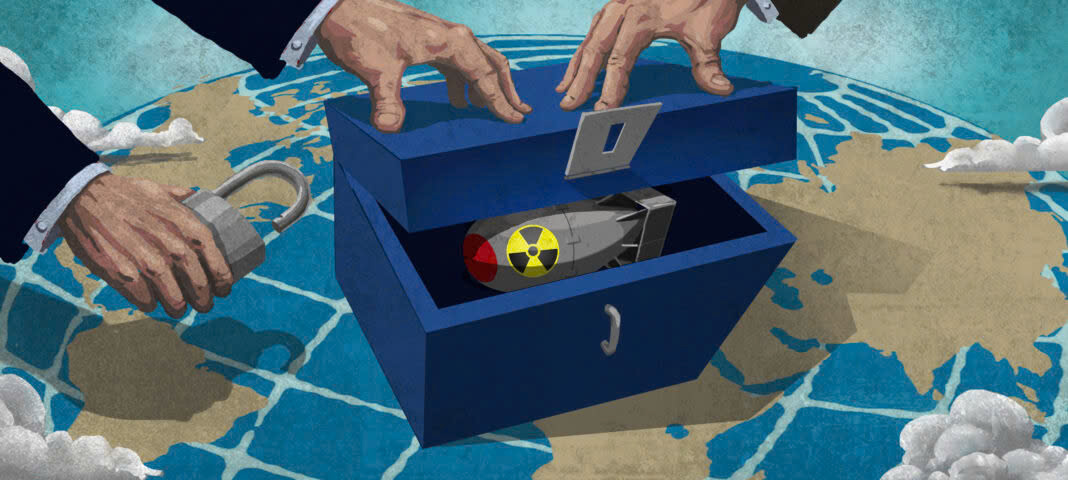
![[Photo] Relatives of victims of the earthquake in Myanmar were moved and grateful to the rescue team of the Vietnamese Ministry of National Defense.](https://vstatic.vietnam.vn/vietnam/resource/IMAGE/2025/4/2/aa6a37e9b59543dfb0ddc7f44162a7a7)


![[Photo] Third meeting of the Organizing Subcommittee serving the 14th National Party Congress](https://vstatic.vietnam.vn/vietnam/resource/IMAGE/2025/4/2/3f342a185e714df58aad8c0fc08e4af2)


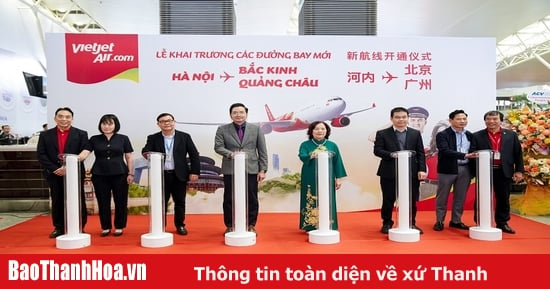
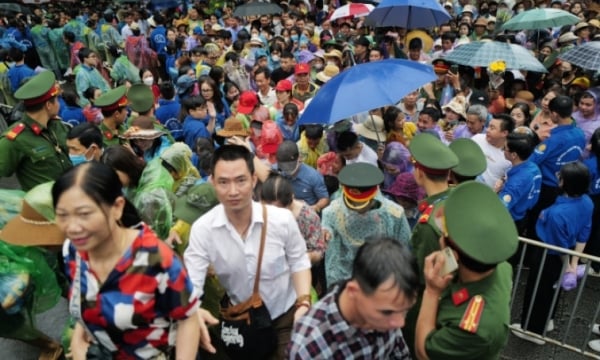



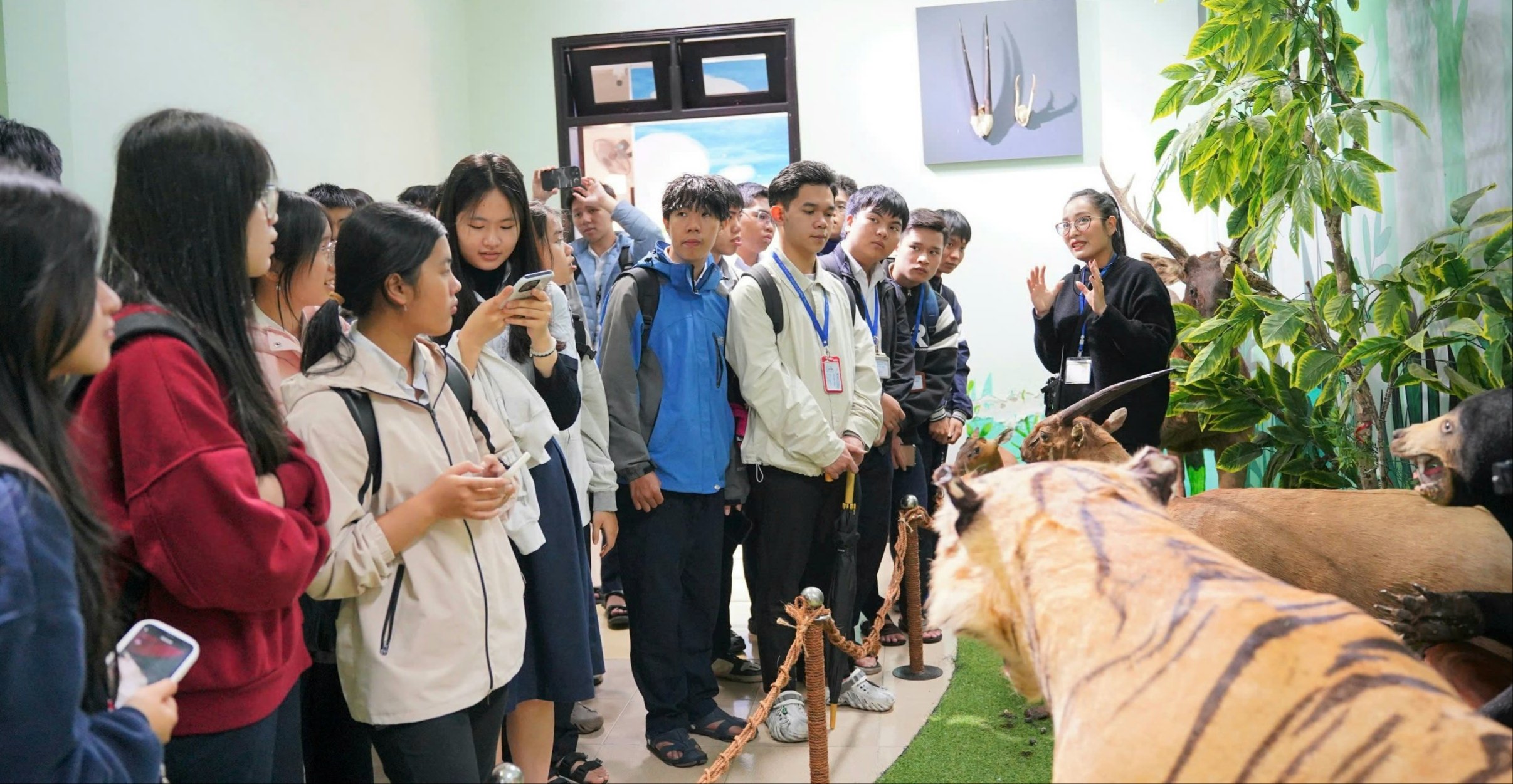



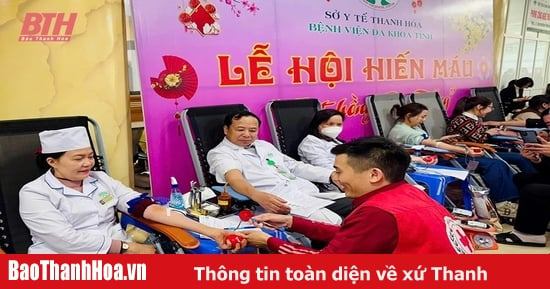
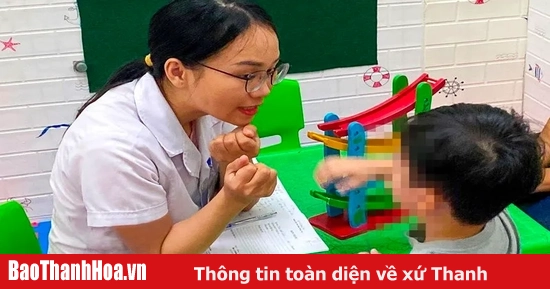

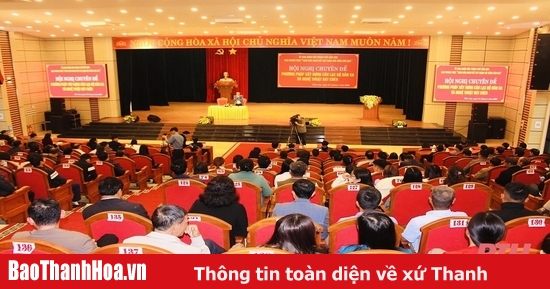

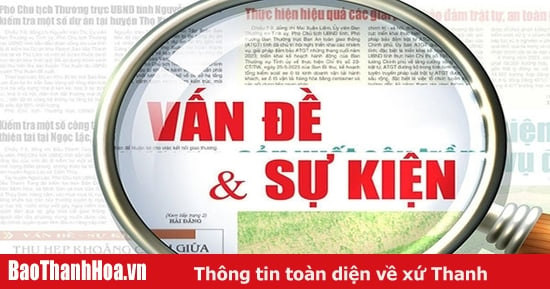











































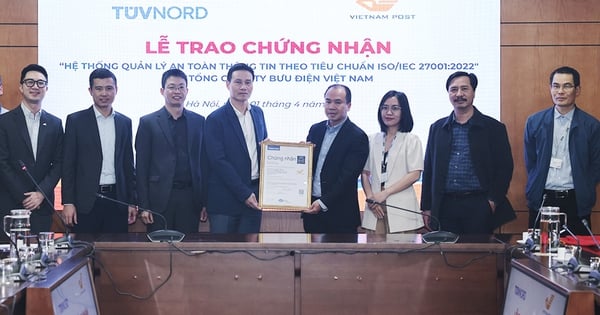

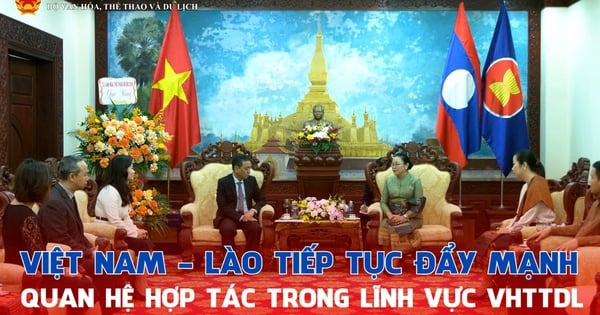



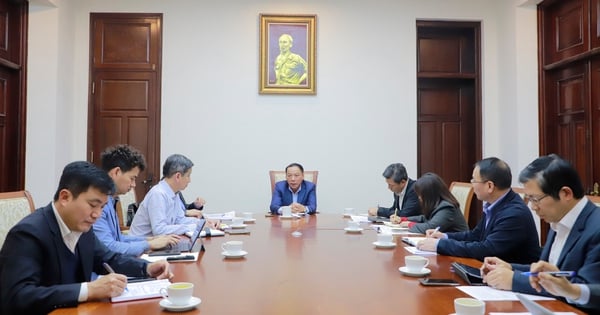


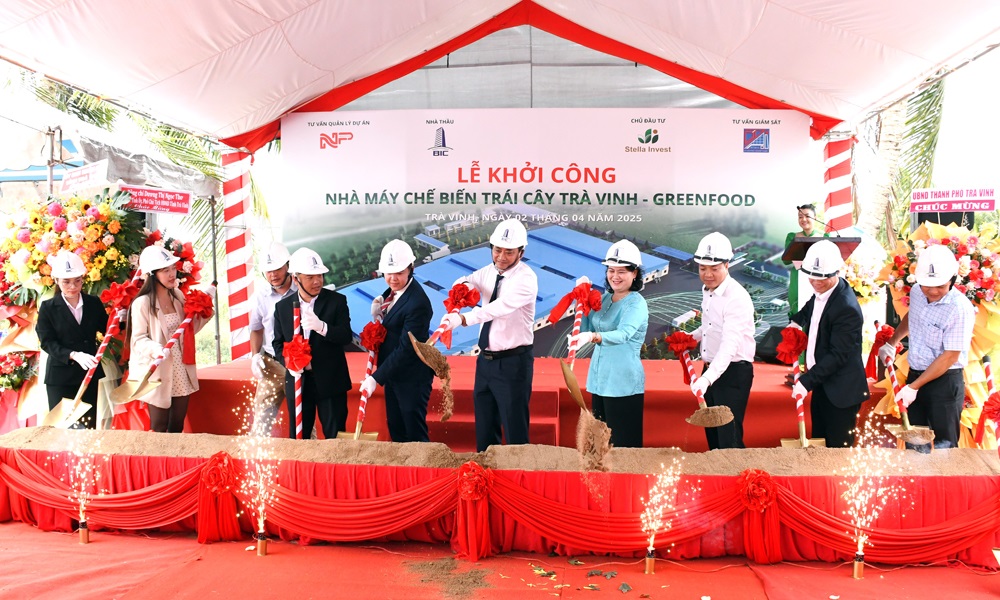


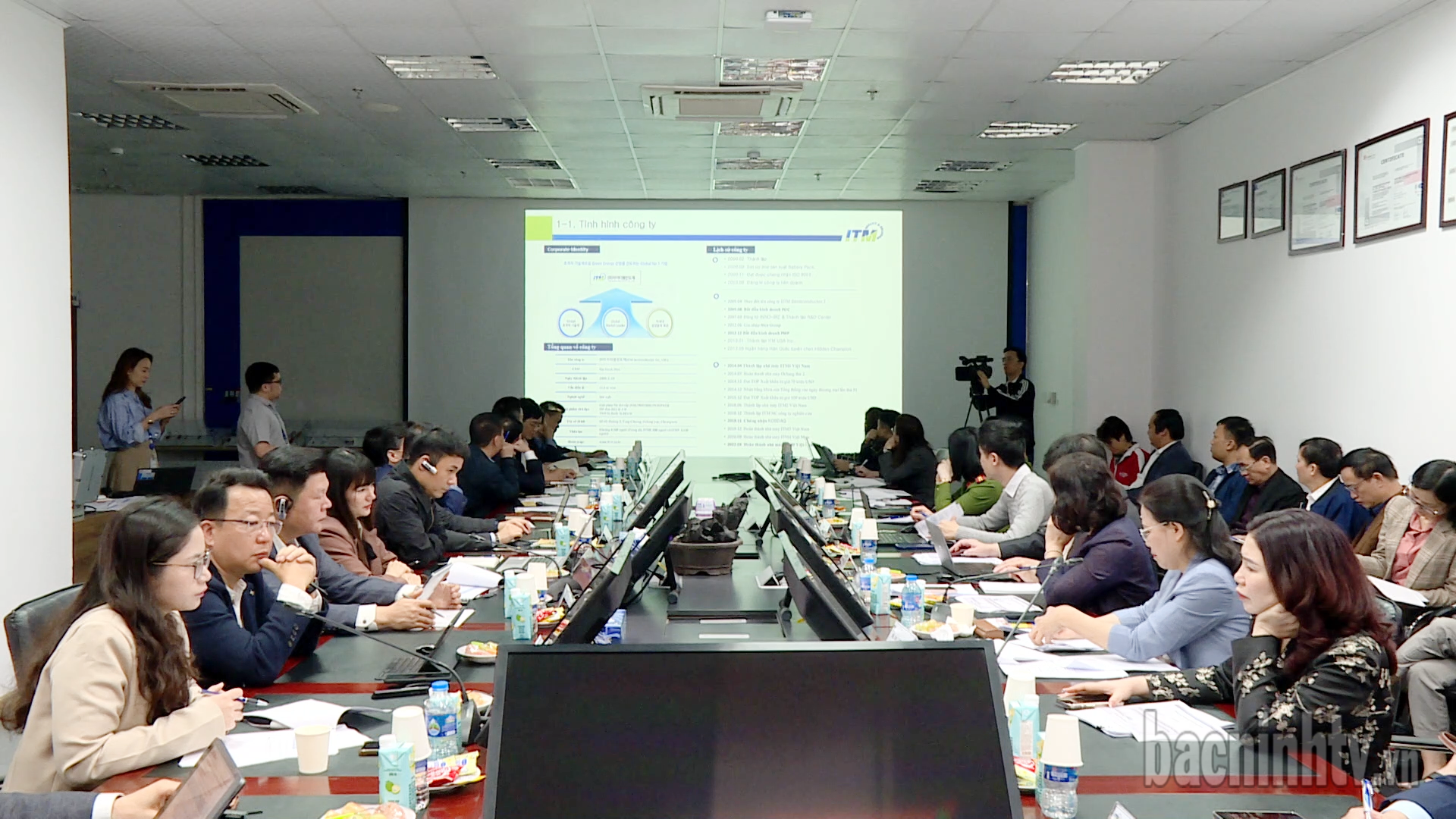














Comment (0)